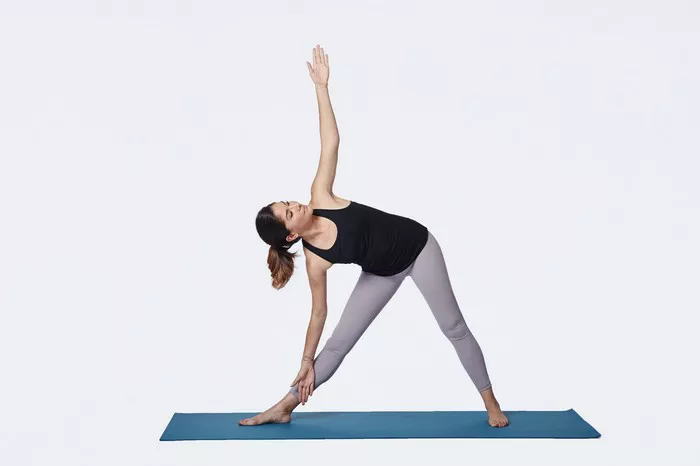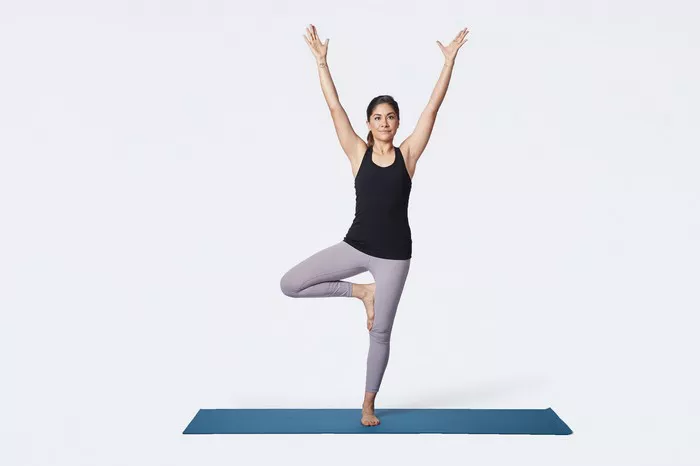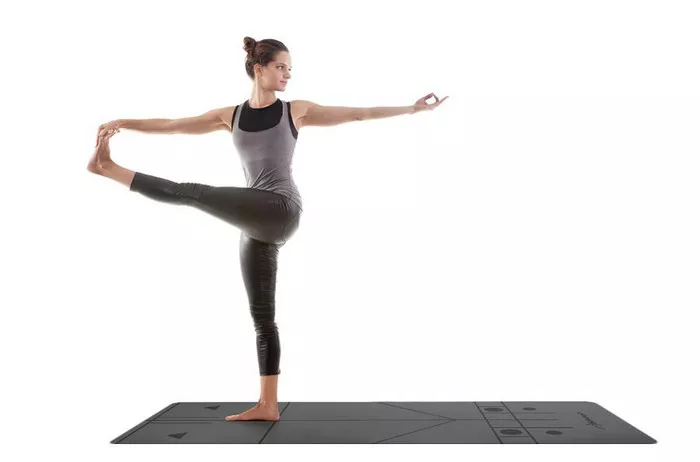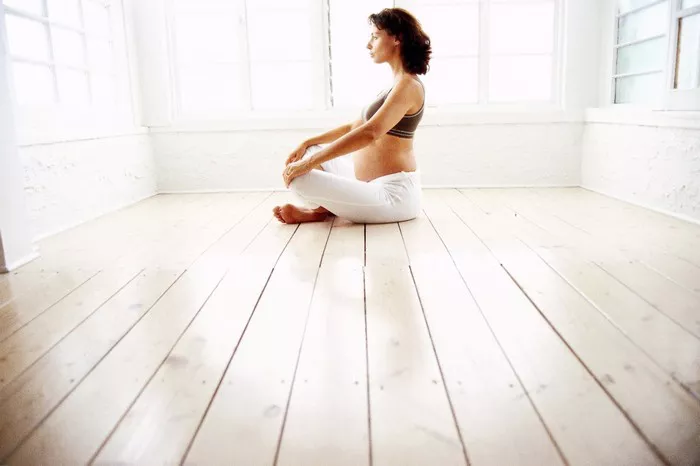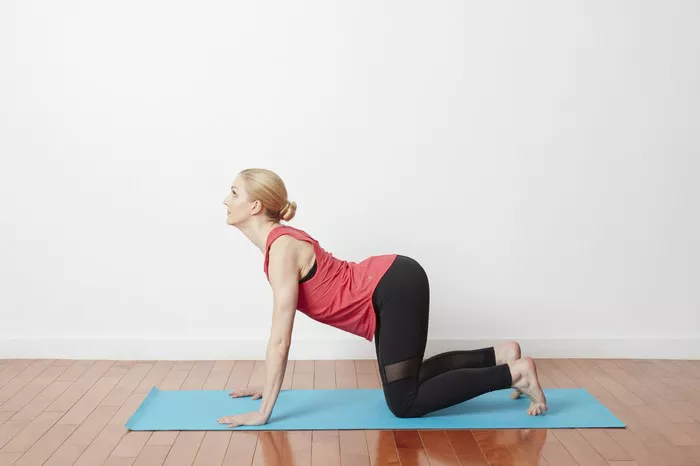In today’s fast-paced world, carving out time for exercise can be challenging. However, incorporating a 30-minute power yoga workout into your daily routine can be a game-changer for both physical health and mental well-being. Power yoga, a dynamic and vigorous form of yoga, offers a condensed yet highly effective workout that targets strength, flexibility, and balance. In this article, we’ll delve into a precise and structured 30-minute power yoga routine, designed to maximize results within a short timeframe.
1. Setting the Stage: Preparation and Warm-Up
Begin your power yoga session by creating a conducive environment for practice. Find a quiet, well-ventilated space with ample room to move freely. Gather your yoga mat and any props you may need, such as blocks or straps.
2. Centering and Breathing Exercises
Before diving into the physical postures, take a few moments to center yourself through focused breathing exercises. Sit comfortably in a cross-legged position or in a kneeling posture, placing your hands on your knees or in your lap. Close your eyes and take deep, intentional breaths, focusing on the inhalation and exhalation. Engage in pranayama techniques such as Ujjayi breath (victorious breath) to cultivate internal heat and mindfulness.
3. Sun Salutations (Surya Namaskar)
Sun Salutations serve as the cornerstone of any power yoga practice, providing a comprehensive warm-up while engaging major muscle groups. Perform a series of 3-5 rounds of Sun Salutations, flowing through the following sequence with each breath:
- Mountain Pose (Tadasana)
- Forward Fold (Uttanasana)
- Halfway Lift (Ardha Uttanasana)
- Plank Pose
- Chaturanga Dandasana (Four-Limbed Staff Pose)
- Upward-Facing Dog (Urdhva Mukha Svanasana)
- Downward-Facing Dog (Adho Mukha Svanasana)
- Repeat or step forward to Forward Fold and return to Mountain Pose
4. Standing Poses for Strength and Stability
Transition from Sun Salutations into a series of standing poses to build strength and enhance stability. Incorporate the following asanas into your sequence:
- Warrior I (Virabhadrasana I)
- Warrior II (Virabhadrasana II)
- Extended Side Angle Pose (Utthita Parsvakonasana)
- Triangle Pose (Trikonasana)
- Chair Pose (Utkatasana)
Focus on proper alignment and engagement of muscles throughout each posture, maintaining steady breathing and a strong foundation.
5. Balancing Poses to Improve Focus
Challenge your balance and concentration with a selection of balancing poses, which also strengthen the core and improve proprioception. Include the following asanas in your routine:
- Tree Pose (Vrksasana)
- Eagle Pose (Garudasana)
- Dancer’s Pose (Natarajasana)
- Warrior III (Virabhadrasana III)
Embrace any wobbling or instability as opportunities for growth, maintaining a steady gaze (drishti) to aid in concentration.
6. Core Strengthening Exercises
A strong core is essential for overall stability and spinal health. Integrate core-strengthening exercises into your power yoga routine with the following poses:
- Boat Pose (Navasana)
- Plank Variations (Side Plank, Forearm Plank)
- Leg Lifts (Uttanpadasana)
Engage the abdominal muscles fully while avoiding overarching the lower back, and breathe steadily to sustain the effort.
7. Cooling Down and Stretching
As you near the end of your 30-minute power yoga session, transition into cooling down and stretching postures to release tension and promote flexibility. Include the following:
- Seated Forward Fold (Paschimottanasana)
- Pigeon Pose (Eka Pada Rajakapotasana)
- Child’s Pose (Balasana)
- Supine Spinal Twist (Supta Matsyendrasana)
Focus on deepening the breath and surrendering into each stretch, allowing the body to relax and unwind.
8. Final Relaxation (Savasana)
Conclude your power yoga practice with Savasana, also known as Corpse Pose, to integrate the benefits of your workout and promote deep relaxation. Lie on your back with arms and legs extended, palms facing up, and allow yourself to surrender completely to stillness. Focus on releasing any remaining tension in the body and calming the mind.
9. Closing Reflection and Gratitude
Before concluding your practice, take a moment for personal reflection and gratitude. Acknowledge the effort you’ve invested in your practice and express gratitude for the opportunity to nurture your body and mind through yoga. Carry this sense of appreciation with you as you transition back into your daily activities.
Conclusion
A 30-minute power yoga workout offers a time-efficient yet potent means of enhancing physical fitness, mental clarity, and overall well-being. By following a structured sequence of dynamic poses, breath work, and mindfulness practices, you can unlock vitality and resilience in body and mind. Whether practiced in the morning to energize the day ahead or in the evening to unwind from the day’s stresses, this power yoga routine empowers you to prioritize self-care and thrive amidst life’s demands. Commit to incorporating this routine into your daily schedule, and witness the transformative impact it brings to your life.

